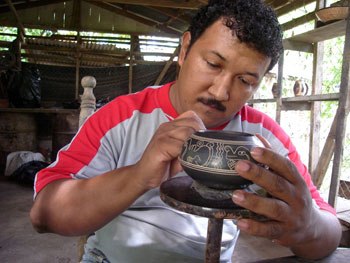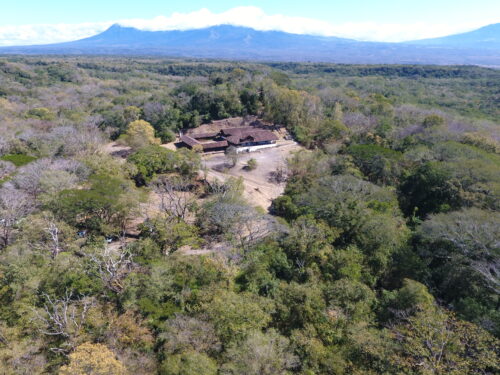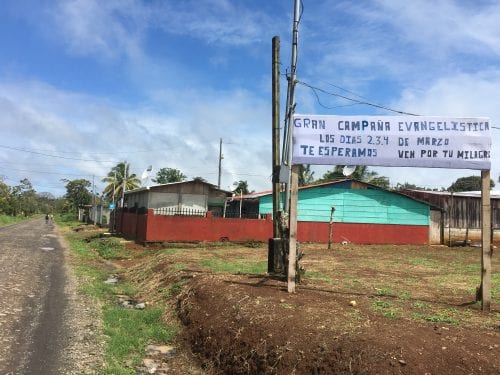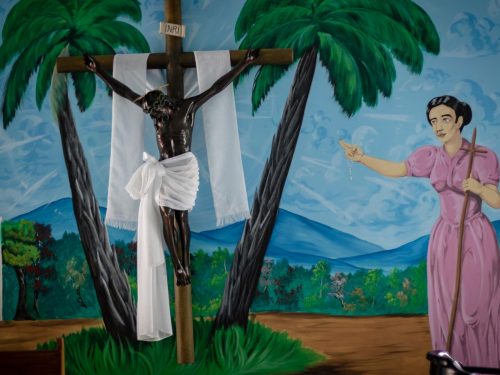
With Chorotega roots, the artisan tradition of ceramics in the communities of Guaitil, San Vicente and Las Pozas, located in the Nicoya Peninsula in Guanacaste, was declared of public interest.
This decree takes into account the extraction of raw materials and the production of ceramic objects.
Also, President Laura Chinchilla and Minister of Culture and Youth Manuel Obregon signed the decree declaring the artisan tradition of producing ceramic objects with Chorotega motifs a national cultural heritage of Guanacaste in the communities of Guaitil of Santa Cruz, San Vicente and las Pozas of Nicoya.
The Minister of Culture indicated that “the importance of signing these decrees constitutes an important support to more than 800 families that make a living from Chorotega pottery, also known as Guatil pottery, which also has a significant value to national heritage, since it is a tradition that has been developing in the area for thousands of years.”
Guaitil of Santa Cruz, San Vicente and Las Pozas of Nicoya are the three main communities where pottery with Chorotegas motifs constitutes the most important and recognized craft and provides financial support to the vast majority of families.
“This declaration is achieved because our pottery, aside from being a heritage and a thousand-year tradition, also reinforces cultural aspects. This important step allows other government entities to achieve socio-economic improvements in the population based on the pottery.
At the same time, the declarations will help the artisans in the area to become more united,” commented Edgar Campos, a Chorotega artisan from Guaitil.
“The artisan communities have a large potential among the young people who are involved in the pottery tradition, and with these declarations it is possible to maintain a legacy that our ancestors have forged and for which they have fought constantly and tenaciously. With this, we want to include the children and youth, knowledge and tradition, as well as the value that this practice has,” added Campos.







Comments